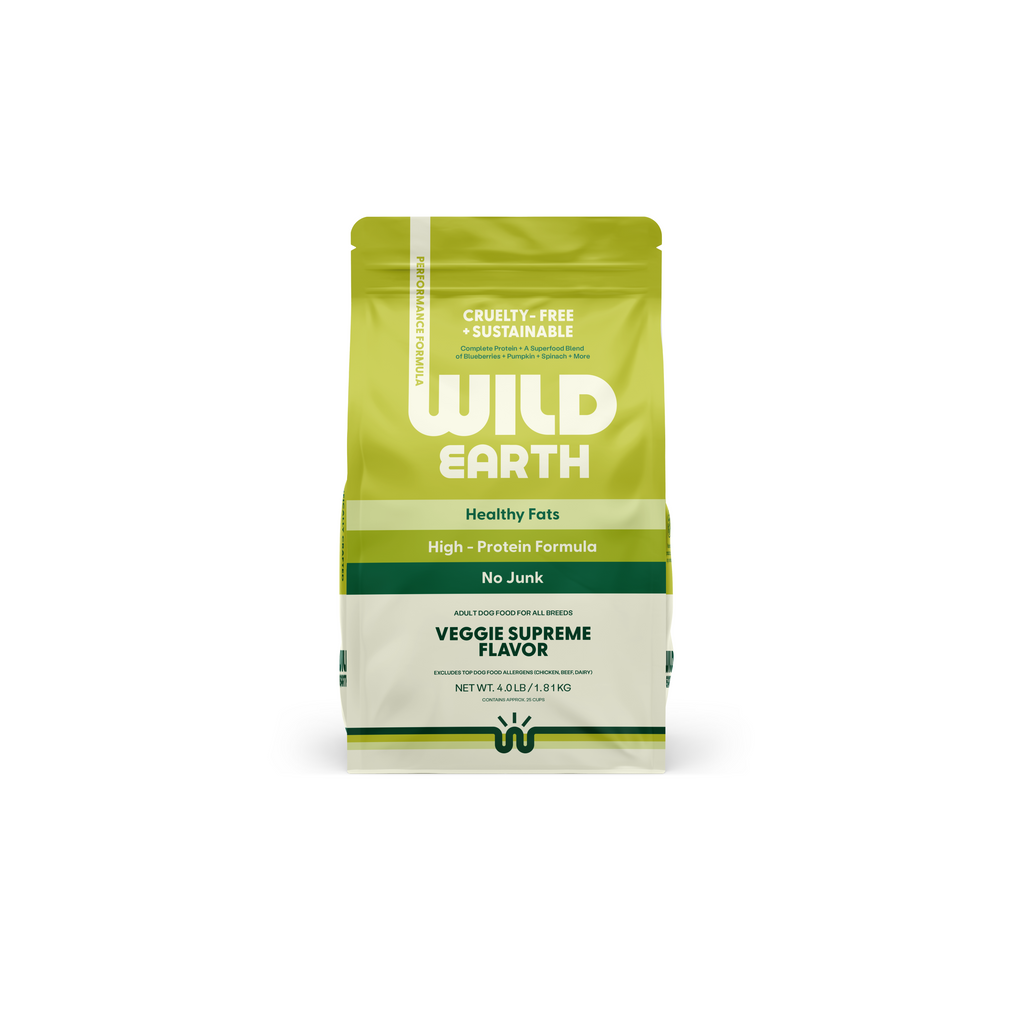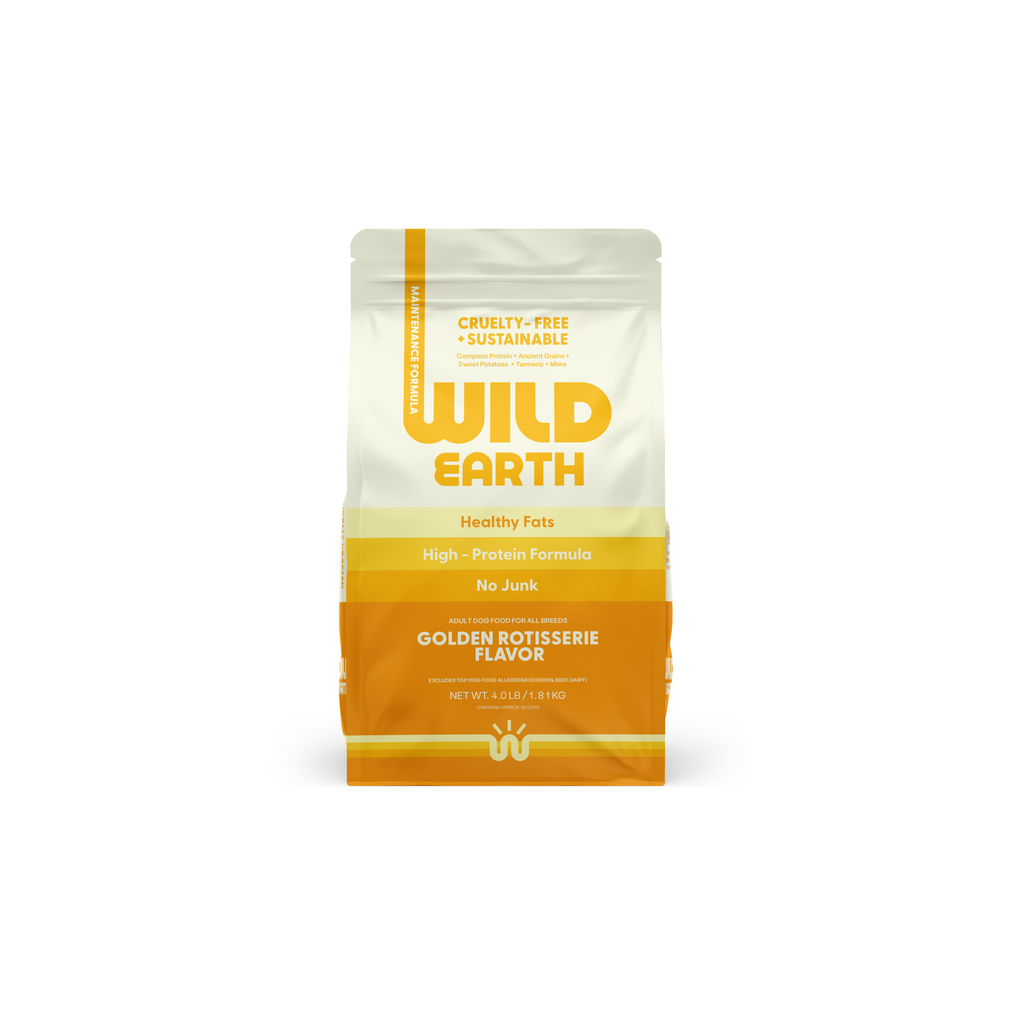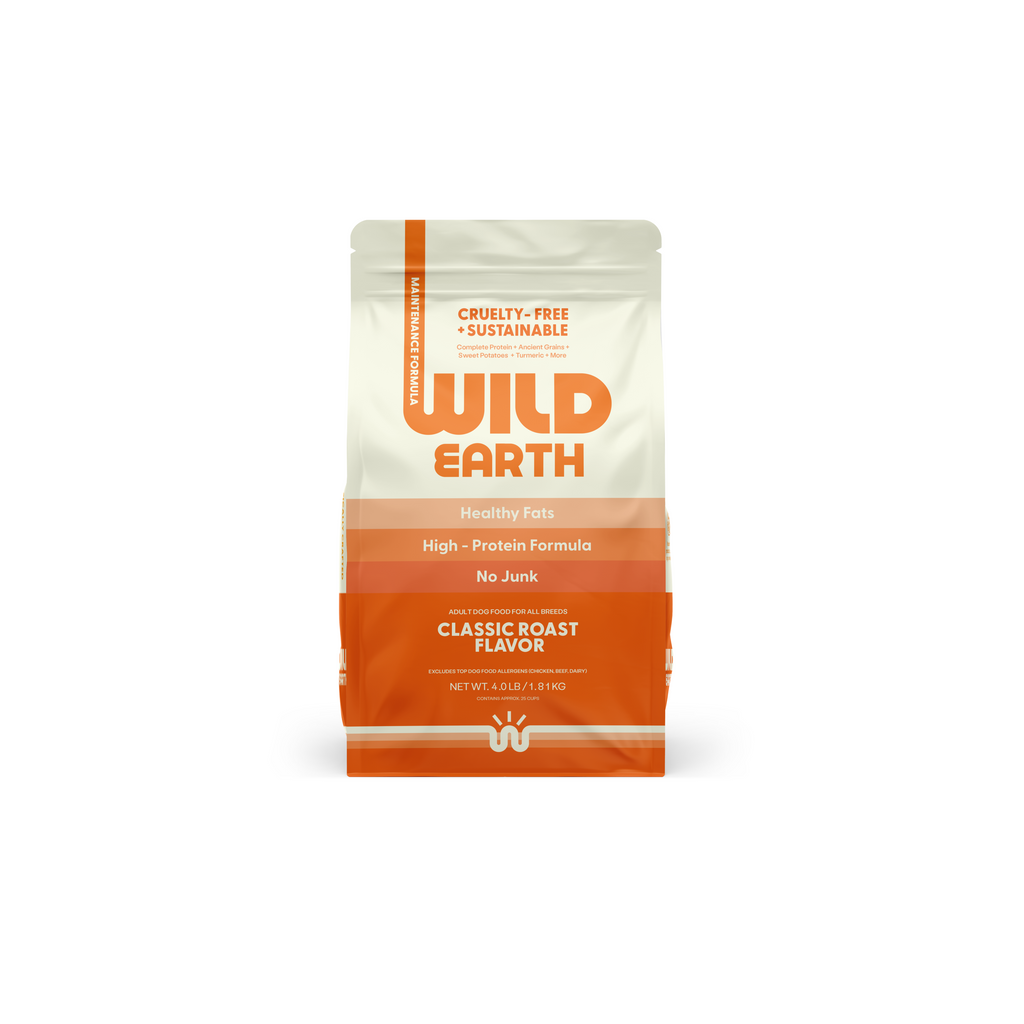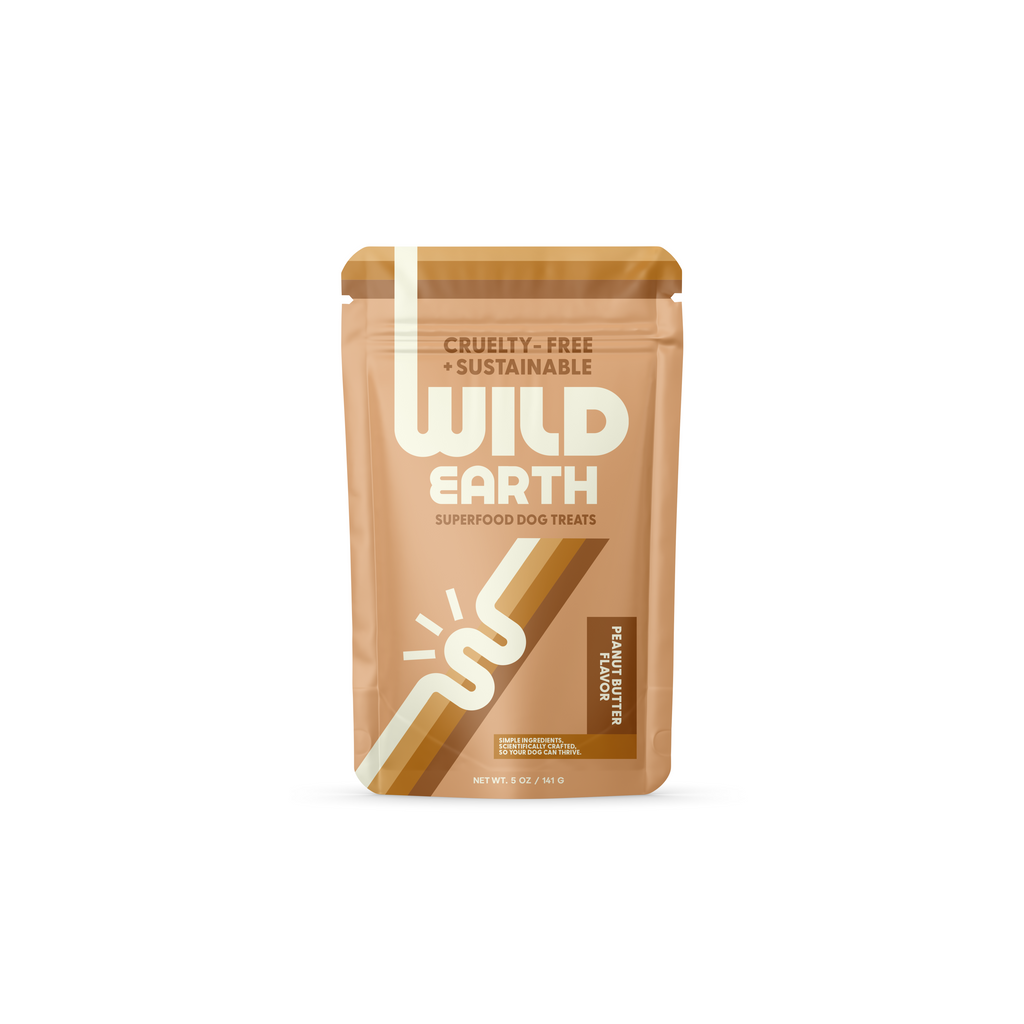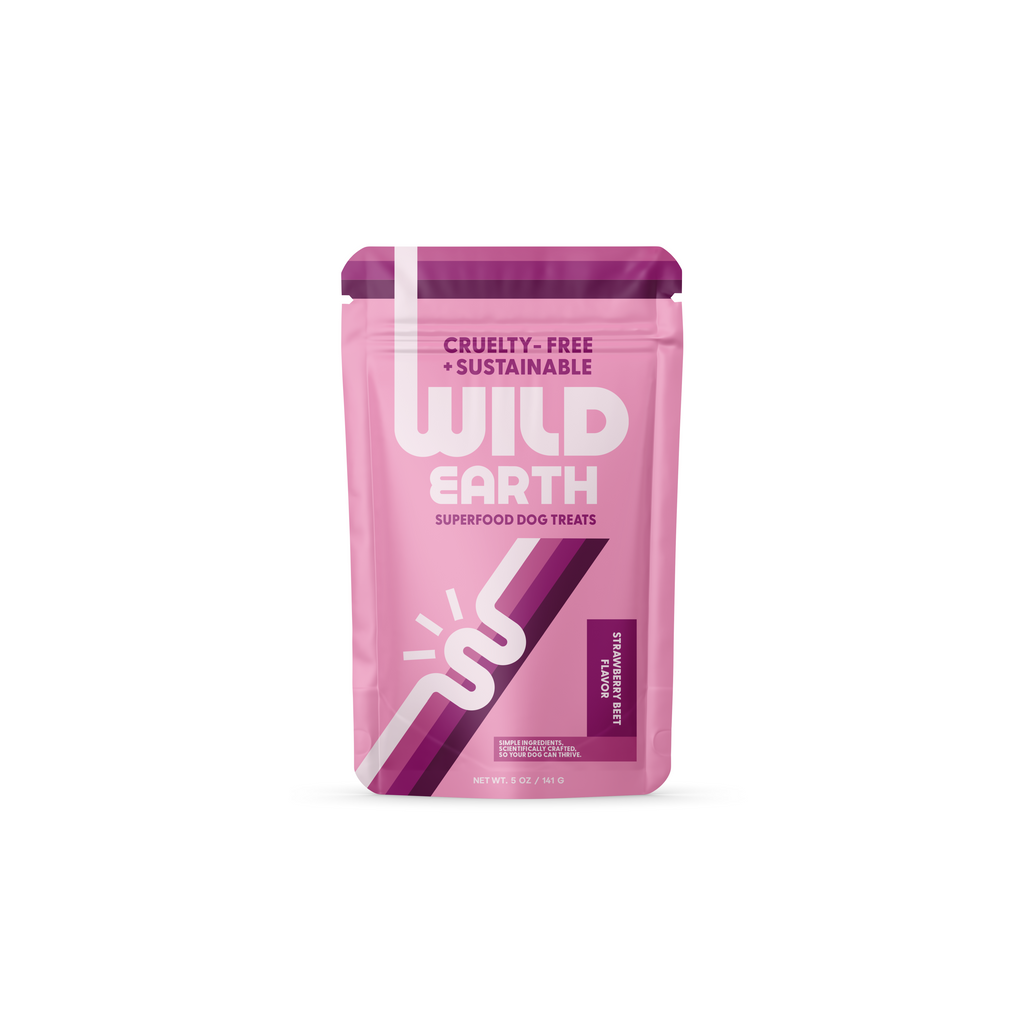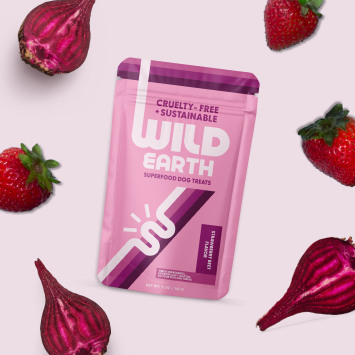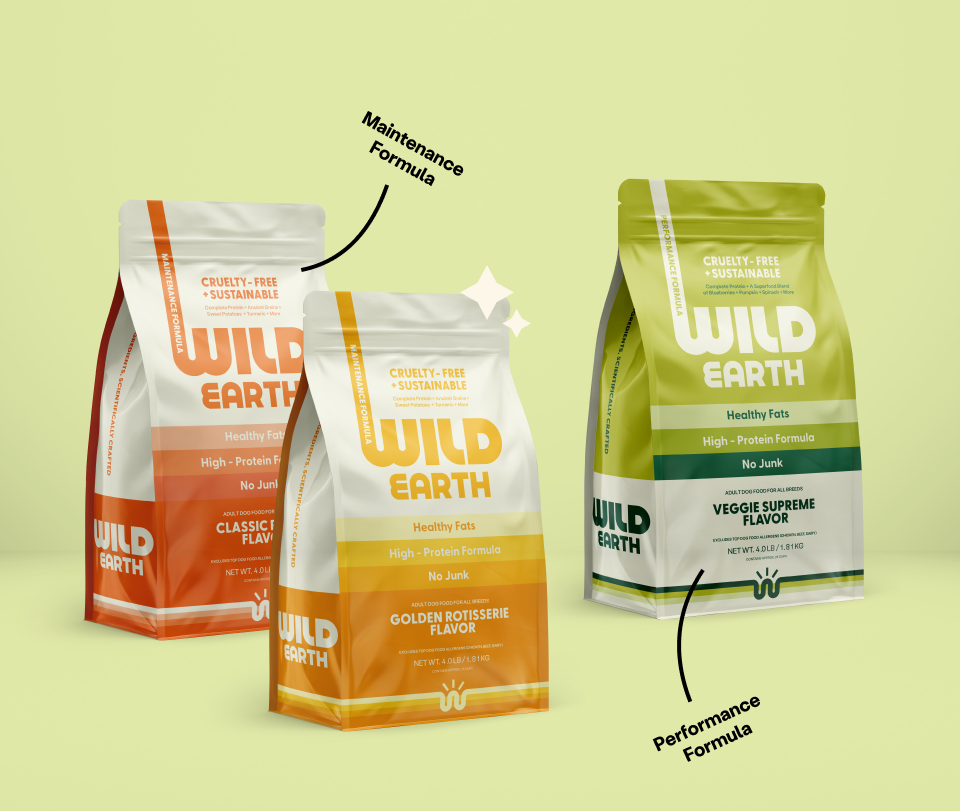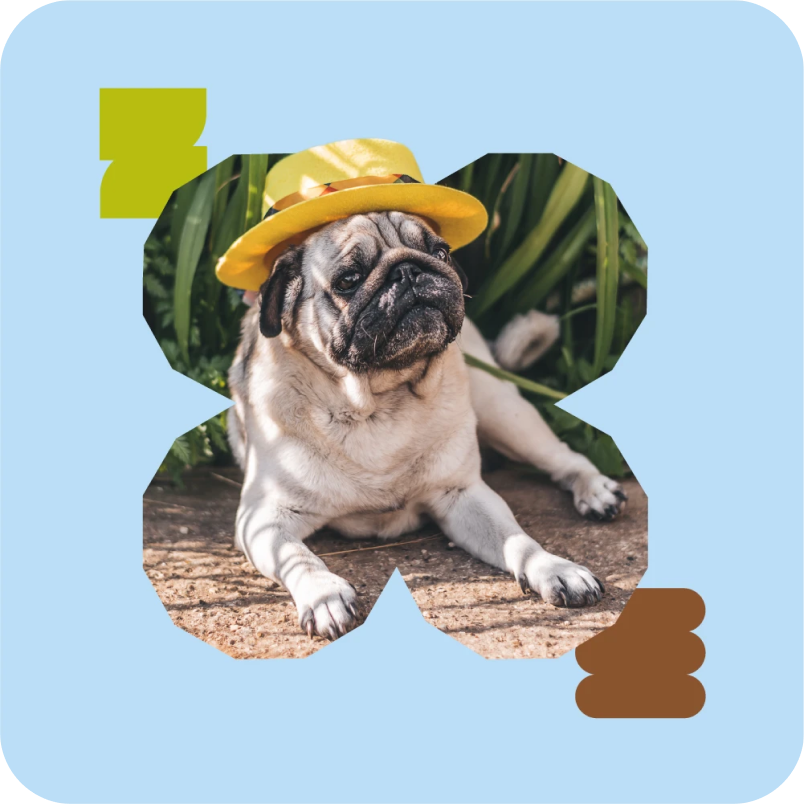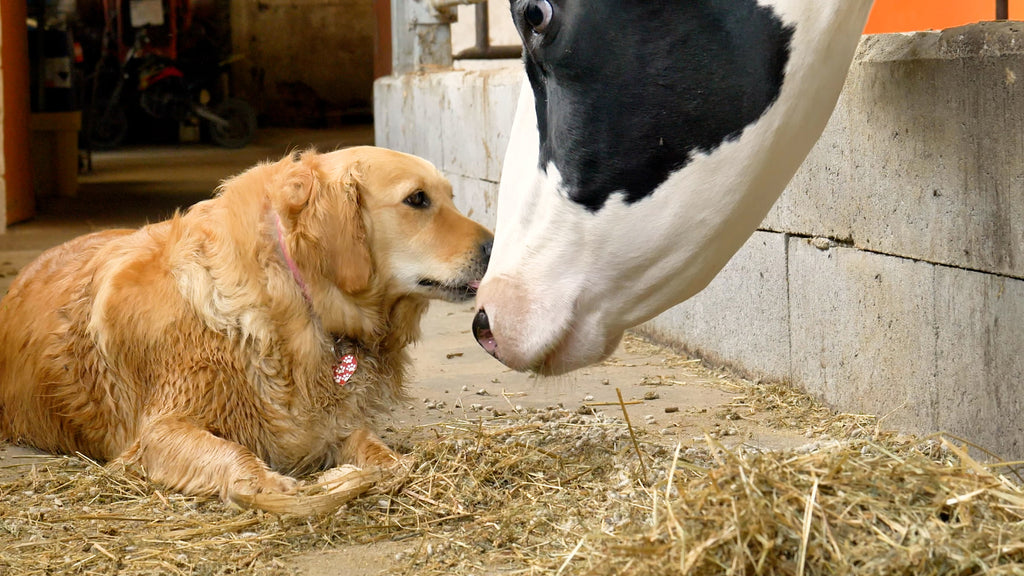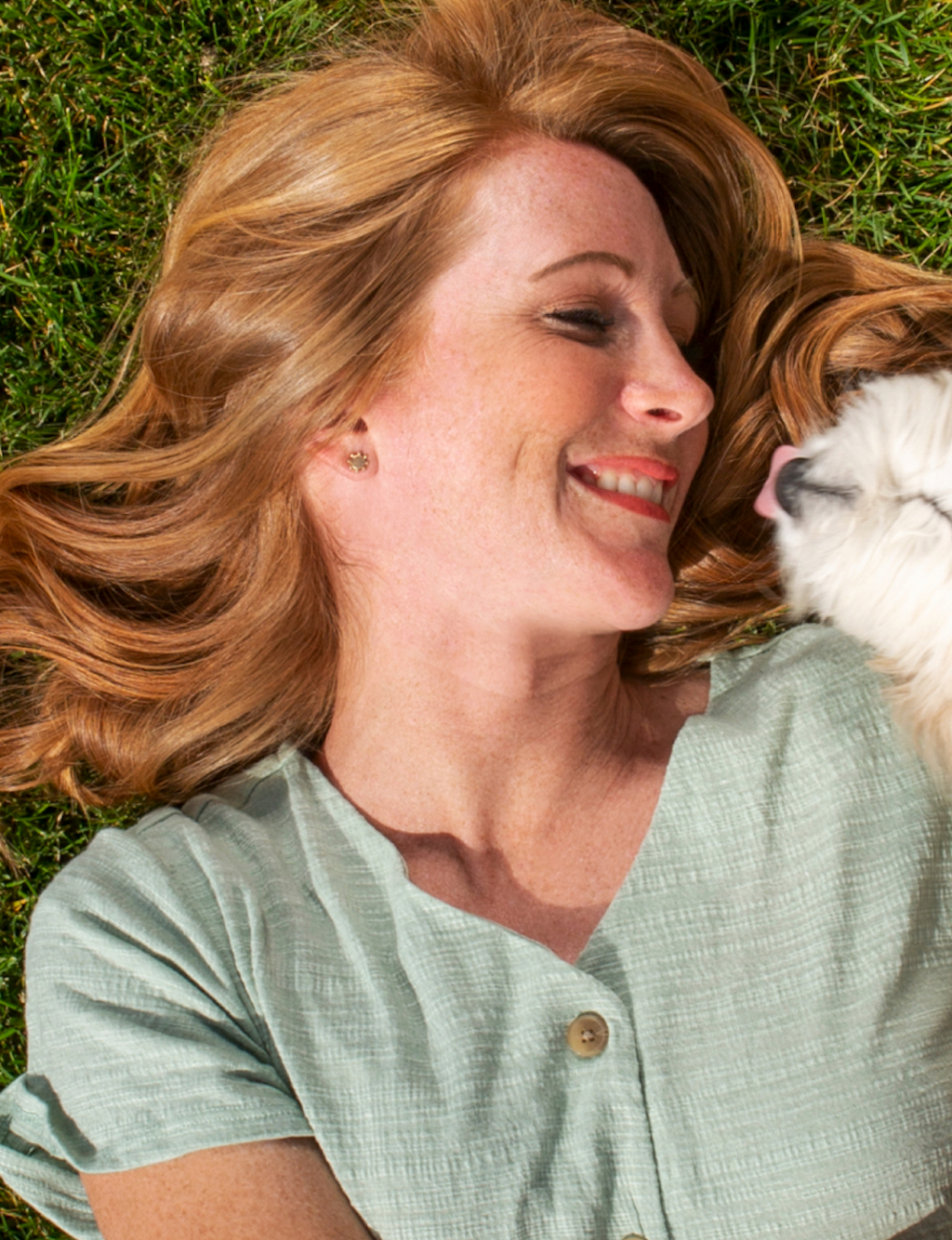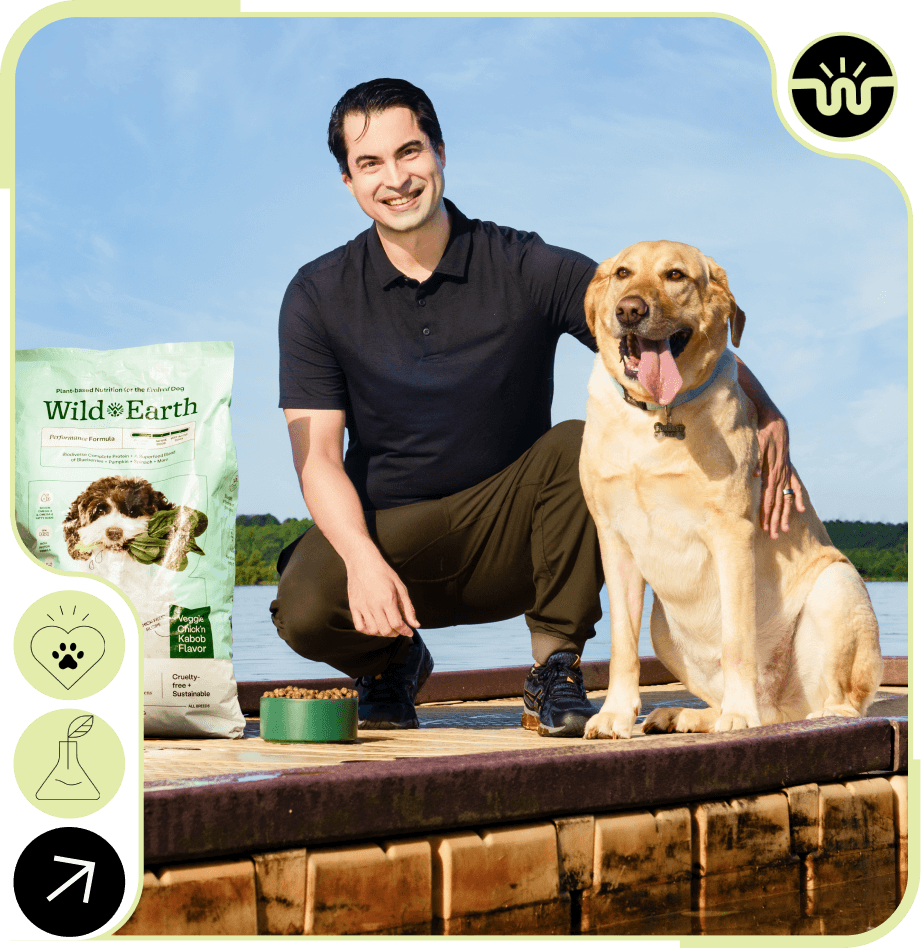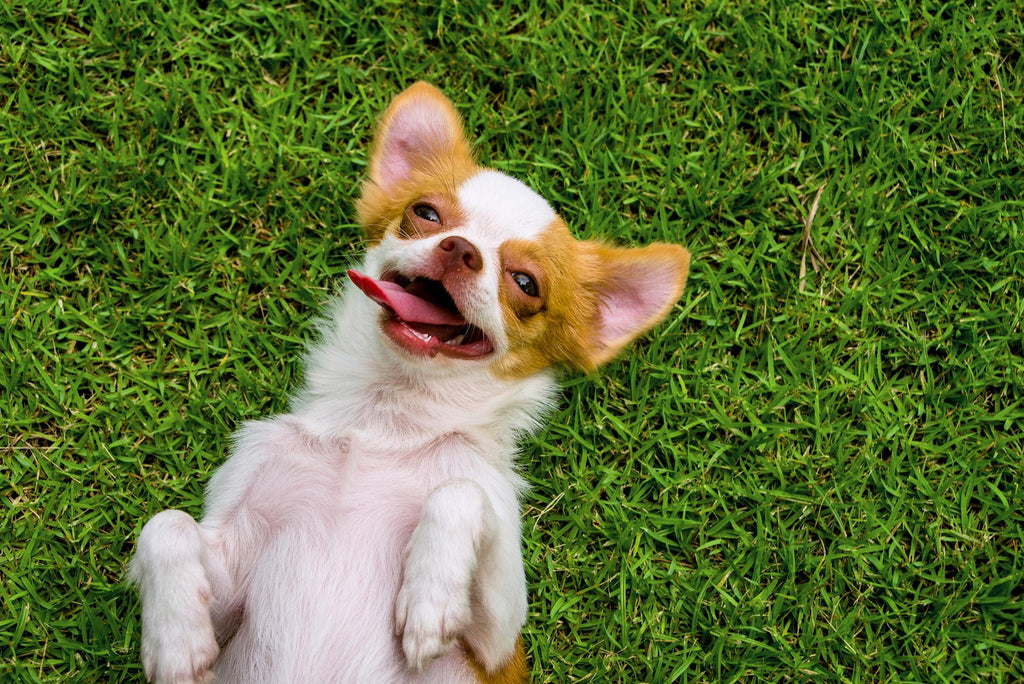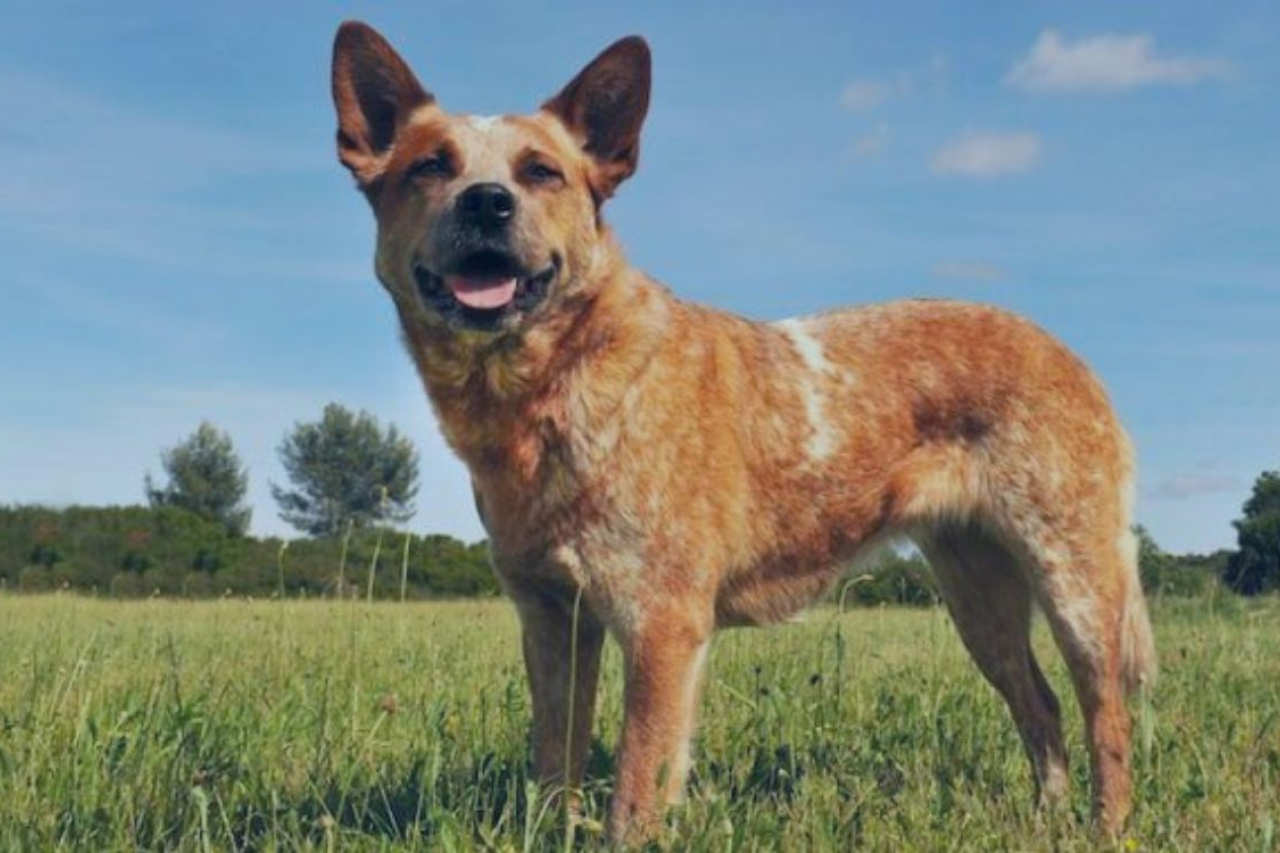
Red Heeler: Everything You Need to Know About the Red Australian Cattle Dog
Are you interested in bringing a new puppy home to your family? Do you think the Red Heeler breed is an adorable choice and want to learn more about this extraordinary breed? If so, you’ve come to the right place!
Here, we detail everything you should know about the Red Heeler, also known as the Red Australian Cattle Dog. That will range from the dog’s coat and looks to its origins, behavioral issues, and health problems. You’ll also learn about all the benefits that come from owning a Red Heeler.
Where Does the Red Heeler (Australian Cattle Dog) Come From?

The Red Heeler was first bred in the 1800s to herd cattle in Australia. During the 19th Century, Australians needed a dog that could withstand the high temperatures while herding and protecting sheep and other livestock. These working dogs became a symbol of Australia.
The Red Heeler dog was also bred for managing difficult terrains and running for a long time. Australian Thomas Hall was the original person who bred the Red Heeler by crossing the Collie breed with the Australian Dingo canine. The new dog breed was called the Halls Heeler and is an ancestor of the Australian Cattle Dog due to its similar looks.
How Active is the Breed?
Are you looking for a friendly and energetic pup? Then, the Red Heeler is a good choice. These dogs are great at running for long distances. They also make great family pets because they’re relatively playful and enjoy having fun outings with their owners.
These dogs enjoy spending time with humans and playing with children. They have lots of energy and love to run around.
When Did the Red Heeler Make Its Way to the United States?

The Red Australian Cattle Dog, also known as the Red Heeler, was first introduced to the United States in the 1940s. This historic move was spearheaded by Alan McNiven, a veterinarian from Sydney, Australia, who exported the breed to the U.S. Among the first Americans to acquire these dogs was Jack Woolsey, a veterinarian based in California. Woolsey not only bred the Red Heelers but also worked to establish their presence in the United States.
In a significant step toward formal recognition, Woolsey registered the breed with the National Stock Dog Registry in Butler, Indiana. Over the following decades, the breed gained popularity for its herding abilities and loyal temperament. By 1980, the American Kennel Club (AKC) had granted the Red Australian Cattle Dog full recognition, solidifying its place as a beloved working and companion dog in the United States.
How Much Do Red Heeler Dogs Shed?

Red Heelers are considered a relatively low-maintenance breed when it comes to shedding. While they don’t shed excessively year-round, they do experience two significant shedding seasons annually, usually during spring and fall. During these periods, their thick undercoat is shed to adapt to changing temperatures, which means they will require more grooming.
Outside of these shedding seasons, the breed’s shedding is minimal. Regular brushing—once or twice a week—is typically sufficient to keep their coat clean, healthy, and free from loose fur. This makes the Red Australian Cattle Dog a great option for owners who want a hardworking dog that doesn’t demand excessive grooming.
The Red Heeler’s Coat: Unique Features
The Red Heeler sports a double coat designed for durability and protection. This includes:
-
A straight, stiff overcoat, which helps repel dirt and water.
-
A dense undercoat, packed with hair and fur for insulation, keeping the dog comfortable in both hot and cold conditions.
Their coat has a distinctive speckled pattern, where red hairs are interspersed with white fur, giving it a reddish-golden hue with white patches. This unique coloration is part of what makes the breed so visually striking.
What Kind of Behavior Can You Expect From a Red Heeler?
The Red Australian Cattle Dog is known for its loyal, playful, and energetic nature. Here are some of the behavioral traits you can expect:
Affectionate and Protective:
Red Heelers enjoy spending time with their families and often form deep bonds with their owners.
They are natural protectors and make excellent guard dogs, barking to alert their owners if they feel threatened.
High Energy Levels:
Red Heelers are incredibly active and need daily exercise to stay mentally and physically fit.
They love running, chasing, and playing games like fetch. Without sufficient activity, they may become bored and develop destructive habits such as chewing, digging, or excessive barking.
Herding Instincts:
Originally bred for herding cattle, Red Heelers may nip at heels—a behavior rooted in their working dog heritage.
To prevent behavioral issues, it’s crucial to provide proper training, socialization, and mental stimulation.
Do These Dogs Bark Too Much?
Red Heelers are not excessive barkers by nature. They typically bark for specific reasons, such as:
-
Guarding or Protecting: If they sense a threat, they will bark to alert their owners.
-
Playtime: During active play, such as fetching or chasing, they may bark out of excitement.
However, their barking is generally controlled and purposeful, making them a great choice for families looking for a dog that won’t disturb neighbors or household peace.
Possible Behavioral Problems of the Red Heeler Breed
While the Red Australian Cattle Dog is a devoted and intelligent companion, it can exhibit certain behavioral challenges, including:
Aggression Toward Other Dogs:
Red Heelers can be wary or aggressive toward unfamiliar dogs, especially if they haven’t been properly socialized.
Nipping Tendencies:
As herding dogs, they instinctively nip at heels. This behavior can be managed through training and redirection techniques.
Restlessness or Destructiveness:
Without enough exercise or mental stimulation, they may resort to digging, chewing, or barking to release pent-up energy.
How to Address These Issues:
-
Socialization: Expose your Red Heeler to other dogs and environments early to foster friendly behavior.
-
Training: Use positive reinforcement to teach commands and curb undesirable behaviors.
- Bite Inhibition: Redirect nipping behaviors with toys or training exercises.
Potential Health Problems of the Red Heeler (Australian Cattle Dog)
Generally, the Red Australian Cattle Dog is relatively healthy and has a lifespan of 12 to 15 years. Yet, the Red Heeler is vulnerable to suffering from several genetic conditions, such as:
- Retinal atrophy
- Rod-cone degeneration
- Blindness
- Arthritis
- Elbow dysplasia
- Hip dysplasia
- Skin problems and allergies
The Biggest Advantages of This Breed
The Red Heeler has plenty of benefits. Some of the biggest advantages of the breed include:
- Minimal barking
- Little shedding except for twice per year
- Few grooming requirements
- Relatively healthy breed with an average lifespan
- Friendly and playful nature
Should You Get a Red Heeler Puppy?
The Red Heeler can be a great family pet. They are comfortable with children while being affectionate and curious. Yet, they also make an excellent guard dog. You won’t need to worry about grooming much and you’ll only need to trim their nails once per month. These dogs are also intelligent and easy to train.
Before You Go
Now you know about all of the great benefits of owning a Red Heeler. They are playful, loyal, attentive, and energetic. If those qualities sound perfect, you’re not alone. Many have found the Red Heeler to be a devoted companion, ideal for families! So long as you can meet their needs for lots of activity, you’ll find the Red Heeler to be a wonderful buddy to have.






